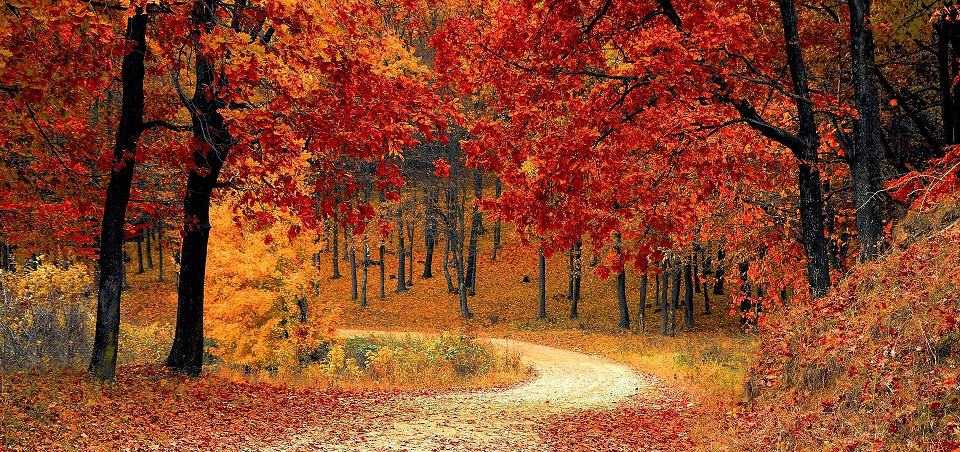Forests are considered to be a major environmental resource and a significant rural industry all over the world. About 67% of the total forest cover of the world is contributed by ten countries including India.
India’s forest cover was estimated to about 68 million hectares(~about 22% of the Indian mainland) in 2010 by the Food and Agriculture Organization of the USA. In the next two years(i.e by 2013), the Forest Survey of India confirmed an increase of 5,781 square kilometers of forest cover by satellite measurements. The most recent percentage of forest cover in India is about 24.56% or 8,07,276 square kilometers (2019). There are different types of forests in India according to the climate and geography of a region.
What is a Forest?
A forest is a natural and complicated ecosystem that mainly consists of all kinds of plants like herbs, shrubs, trees, and most importantly a sealed canopy. Forests can be of different types. There are different types of forests in India.
Importance of Forest
- Forests are considered to be the natural habitat of a variety of flora and fauna, along with an abundance of fungi and microbes, which are very crucial for the nutrient cycle to function.
- Various ecological services and products are provided by these forests. They have a huge contribution to a nation’s economy.
- About 30% of the total land on Earth is occupied by forests(~about 4 billion hectares of land).
- Forests have a broad and robust route network that solidifies an enormous amount of soil that staves off soil erosion by wind gusts of water. This helps in deterring dust storms and landslides.
- Forests can establish microclimates. In short, they affect weather and climate patterns largely.
- Forests serve as a key basis for the availability of quality air. The trees in the forests absorb carbon dioxide, to give out oxygen which all organisms need for their life processes.
- As the forests absorb carbon dioxide, they can help in reducing global warming.
- Forests have a central function in furnishing renewable resources that helps us in preparing furniture, houses, and paper for our use. It has led to abrupt deforestation and overexploitation.
Which things do we get from forests?
- Fuelwood
- Food such as seeds, berries, nuts, fruits, some leaves, and flowers.
- Wax
- Latex/Resin
- Timber for furniture and other construction processes
- Wood fiber
Types of Forests in India
The ecological diversity is immense in India. Thus there are diverse types of forests in India.
There are broadly five types of forests in India. They are called Tropical evergreen forests, Tropical deciduous forests, Tropical thorn forests, Montane forests, and Swamp forests. Although different geographical investigators distribute the forests into many other classes, these are presumed to remain consistent throughout the Indian mainland. Below is a descriptive discussion about the types of forests in India.
Tropical Rain Forests
These forests are also labeled as equatorial rainforests as they are generally found near the equator. They are designated as the rainforests because an annual rainfall between 1750mm to 2000mm is received. The temperature generally ranges from 15-30°C. Hence, the trees experience good growth and the species density is huge in these forests.
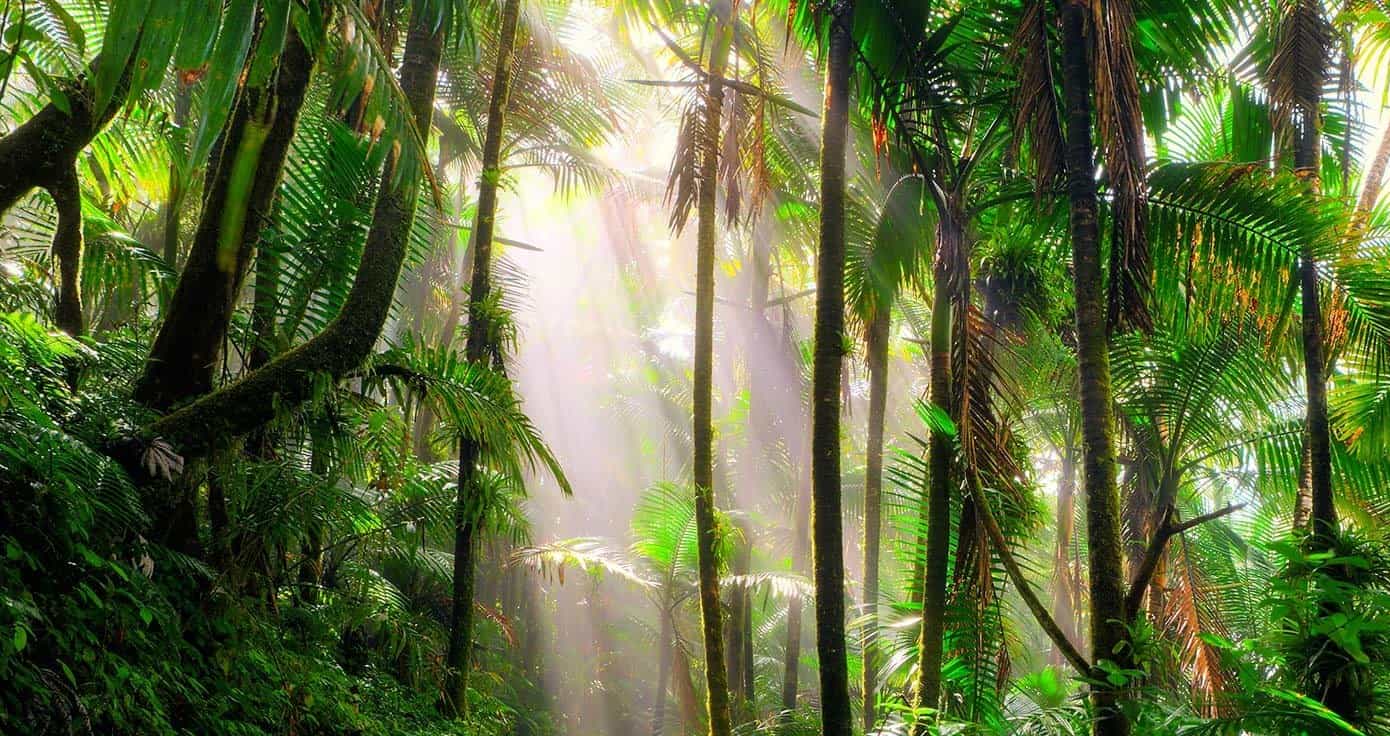
Flora:- Ebony, Mahogany, Sandalwood, Rubber, Chinchona, Rosewood, etc.
Fauna:-Monkeys, lemur, elephants, bats, sloth bears, deer
Geographical location:- Northeastern states like Nagaland, Arunachal Pradesh, Meghalaya, Tripura, Maharashtra, Assam, Kerala, and Tamil Nadu.
Tropical Deciduous Forests
These forests fall into the category of broadleaf forests. The density of these forests is a very widespread type of forest in India.
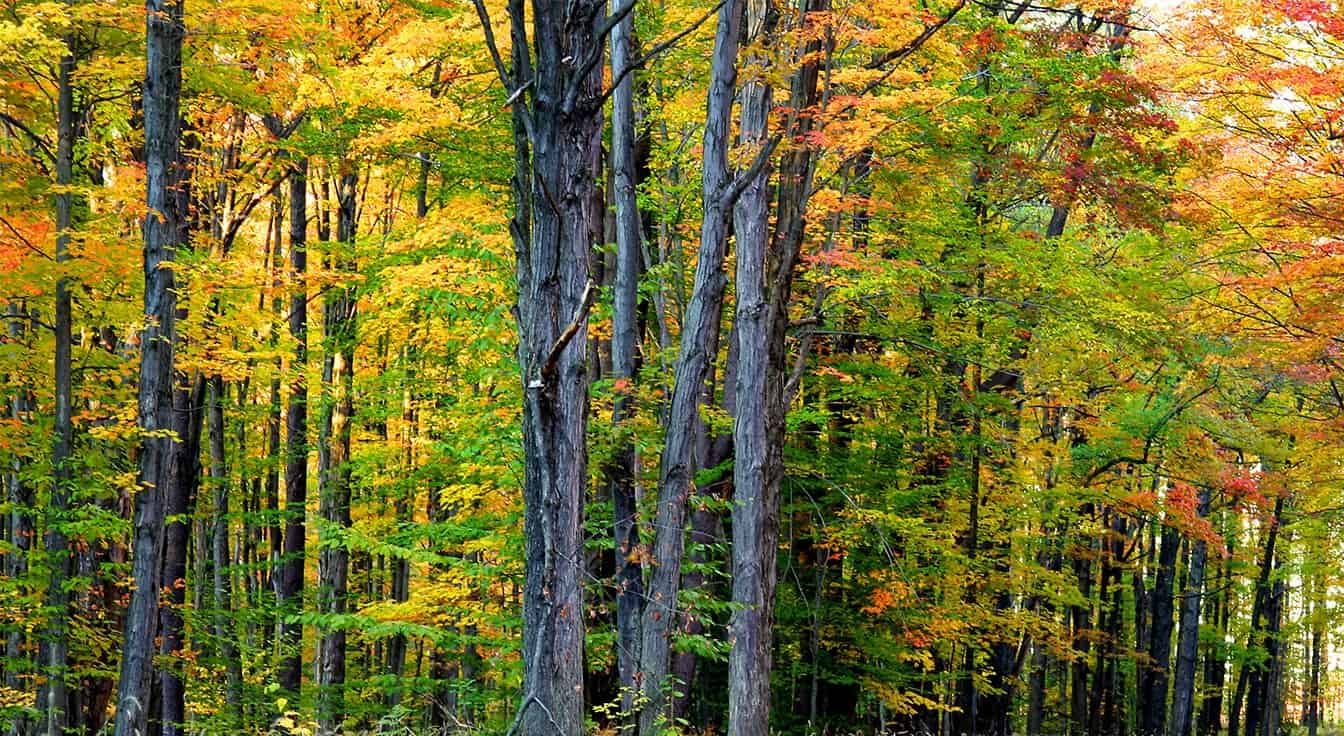
These forests are also called monsoon forests because the shed leaves regrow during this season. The leaves are generally shed in the autumn season. Some trees shed their leaves in the winter season. The annual rainfall ranges between 70-100 cms.
Flora:- Teak, Sal, Sheshum, Amla, Bamboo, Kusum, Tendu, Khair
Fauna:-Frogs, Snakes, Rats, Deer, Wolves, Bears, Skunks, Raccoons
Geographical location:-West Odisha, northeastern states, Jharkhand, Chattisgarh, and foothills of the Himalayas.
Tropical thorn forests
They are a type of desert exhibition which has scrub-like foliage. They are primarily subtropical and tropical forests having plants and trees with armed thorns and spines.
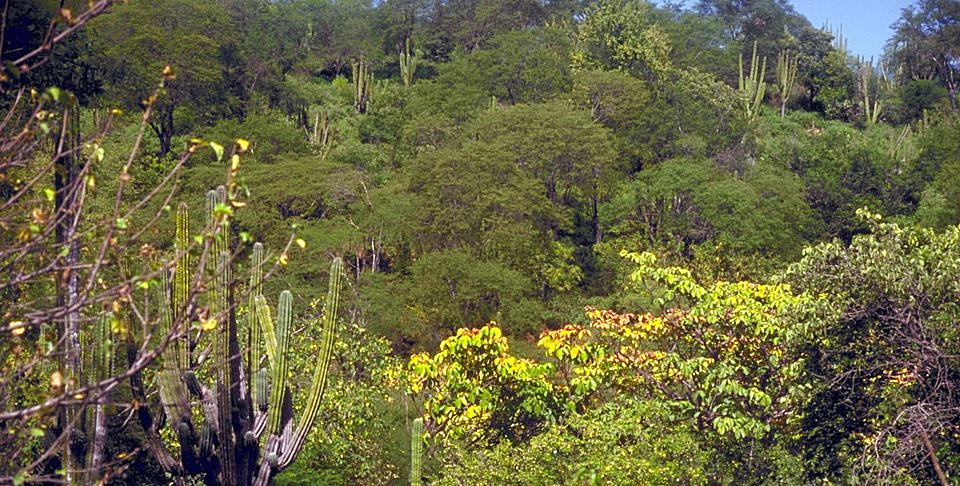
These forests occasionally experience very little rainfall and are predominant in the barren and parched regions. They originate in the area with very scanty downpour (as little as 50cm).
Flora:- Acacias, Cacti, Palms, Babool, Khair, Keekar
Fauna:- Rats, Mice, Rattlesnakes, Camels, Wolves, Wild sheep
Geographical location:- Gujurat, Rajasthan, Uttar Pradesh, and Madhya Pradesh
Montane Forests
This type of forest in India dominates the mountain or hilly areas in India. These regions comprise the mountainous areas of the Northern and Southern parts of India.
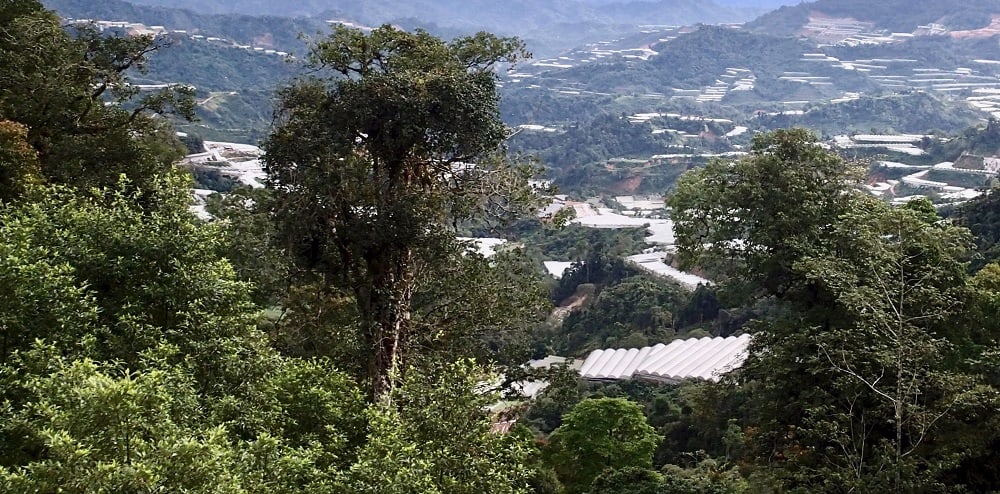
They are generally found about 1300-1500 meters below the sea-level. The variety of vegetation depends on the level of altitude. Due to the high altitude, the temperature is low in these regions.
Flora:-Chinar, Chestnut, Walnut, mosses, lichen, Firs, Junipers
Fauna:- Kashmir stag, sheep, spotted deer, Yaks, Antelopes
Geographical location:- Jammu and Kashmir, The Himalayan range and Niligiri hills, The Vindhya range, and Purvanchal hills.
Swamp and Littoral Forests
These are also called Wetland forests. The species of plants in these forests are drenched in freshwater, hence the name. Thus the plants are adapted to high salinity and flood-like conditions. The roots may be modified into pneumatophores.

The trees are generally evergreen. Depending on the geography of a region, there are other types of forests in India that fall under this particular category.
Flora:-Phoenix calophyllum, Casuarina equisetifolia, and many other species.
Fauna:-Alligators, turtles, Snakes, etc.
Geographical location:- Gujurat’s saline coastline, Gulf of Kutch, Northeast swamps, Sunderban delta, and Andaman and the Nicobar Islands.
Additional researchers may even call Alpine forests as another class of forests, but technically enunciating there are normally only five types of forests in India, which are all discussed above.
Conclusion
It is mandatory to evaluate natural treasure like all the types of forests in India which encompasses forest cover mapping in a two-year progression.
Associating with this, the Forest Survey of India disseminated a summary that focuses our eyes on the recent circumstance of wildernesses in India.
The article asserts that the whole forest and tree cover in India has soared to 24.56 percent of the total geographical area of the nation. This is about an increase of 13 lakh hectares of forest cover. Hence, the aggregate forest and tree cover of India struts at 80.73 million hectares.
The very dense types of forests in India enclose an area of 99,278 square kilometers according to the 2019 Forest Survey of India. The moderately dense types of forests in India surrounds an area of 3,08,472 square kilometers.
Madhya Pradesh has the biggest forest cover in India which is followed by Arunachal Pradesh, Chhattisgarh, Odisha, and Maharashtra.
When contemplated in terms of forest cover as a proportion of the total geographical area of the states, Mizoram (85.41%) holds the first position followed by Arunachal Pradesh (79.63%), Meghalaya (76.33%), Manipur (75.46%), and Nagaland (75.31%).
However, the country is largely perpetrated at the highest levels to fulfill its responsibilities made under the nationally specified assistance which are made to the international congregation at the Paris treaty.
According to the treaty, India has devoted to building an extra carbon basin of 2.5 to 3 billion tonnes through additional forest and tree cover by the year 2030. India has already achieved a deduction of emission vigor by 21% over 10 years(up to 2014). This was made reasonable due to well-implemented measures and initiatives.
Forests have an important position in mitigating and altering climate change. They should be conserved for the well being of all the species prevailing on the Earth.
